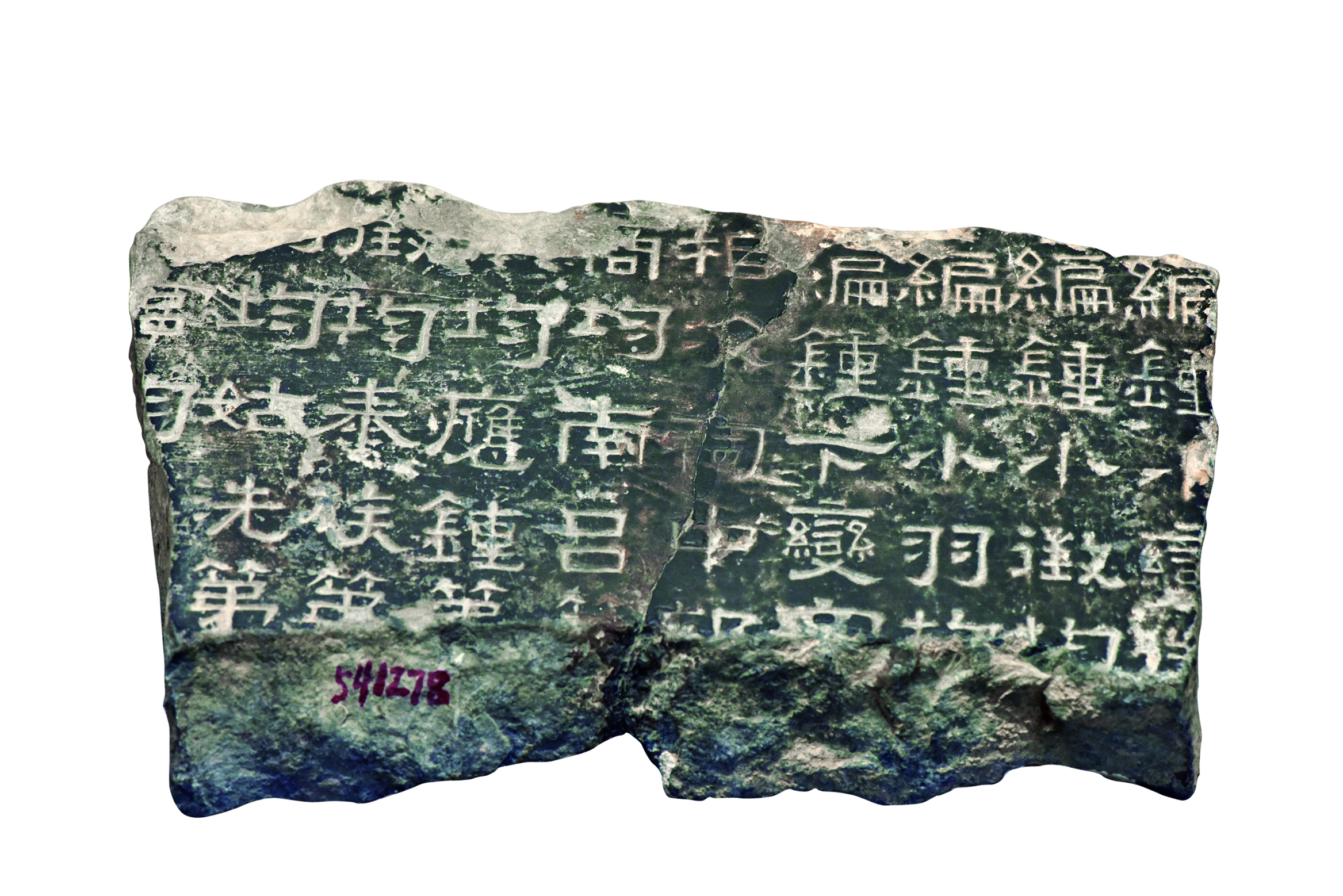Date: 175 (4th year of the Xiping reign), Eastern Han Dynasty (25-220)
Provenance: Unearthed in Luoyang, Henan province
Measurements: Length: 20 cm, Width: 12 cm
The stele fragments are from the Eastern Han Dynasty (25-220) and represent the earliest official Confucian stone inscription in Chinese history. The Han Dynasty (206 BC-AD 220) witnessed a flourishing era of studying Confucianism. After Emperor Wu of Han, diverse schools of thought struggled to pose a substantial challenge to Confucianism, leading to internal disputes within Confucianism.
To standardize and unify Confucian classics, in the fourth year of the Xiping reign of the Eastern Han Dynasty (175), Emperor Ling of Han tasked Cai Yong with engraving seven Confucian classics, namely, the Book of Changes (Zhouyi), the Book of Documents (Shangshu), the Lu Poetry (Lushi), Book of Rites (Yili), Spring and Autumn Annals (Chunqiu), Gongyang Commentary on Spring and Autumn Annals (Gongyang zhuan), and The Analects (Lunyu), onto 46 stone tablets. These tablets were erected in front of the ancient national academic institution, the "Taixue" (Imperial Academy), for students to study and cross-reference, marking the creation of the Xiping Stone Classics.
The calligraphy of the Xiping Stone Classics belongs to the mature stage of the clerical script (lishu) in the Han Dynasty. The lines balance strength and softness, displaying a robust, elegant, and graceful style that was considered a model of calligraphy during the mature period of Han clerical script. Additionally, as the earliest officially sanctioned Confucian classics in China, this practice of government-unified approval for textbooks emerged during the Han Dynasty, marking a significant innovation in the history of Chinese education. Unfortunately, in 190, during the chaos caused by the warlord Dong Zhuo's burning of the palaces in Luoyang, the stone classics were destroyed, leaving only remnants.

